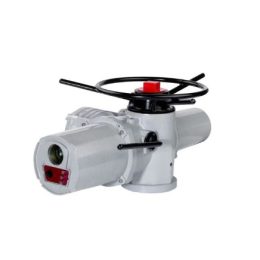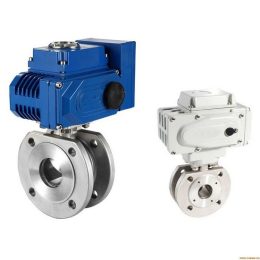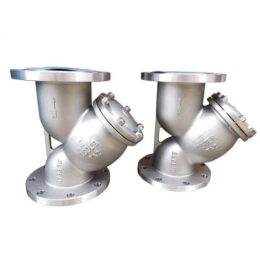Analysis of Common Problems of Regulating Valve
Introduction
Regulating valves are commonly used in industrial applications to control the flow rate of fluids. However, these valves can also cause problems if not designed or used properly. In this blog post, we will analyze some common problems of regulating valves.
The Double-Seat Regulating Valve Cannot Be Used as a Shut-off Valve
The spool of the double-seat control valve has a force-balanced structure that allows a wide range of pressure difference between the front and rear of the valve. Despite this advantage, the leakage is large and cannot be cut off in the pipeline because the two sealing surfaces cannot be in good contact at the same time. Even if the sleeve improvement is added to the double seat valve, it cannot change the limitations caused by the structural design. Therefore, it is important to avoid using double-seat control valves as shut-off valves.
Comparison of Anti-Blocking Performance between Straight Stroke Control Valve and Quarter Stroke Valve
The spool of the straight-stroke control valve moves vertically, and the fluid moves horizontally. The flow passage structure in the valve cavity is not straight-through, but is generally S-shaped, which deforms into many blind areas. Over time, the medium is easy to form precipitation in these blind areas, which can easily cause clogging. On the other hand, the spool of the quarter-turn valve is in a horizontal rotating motion, and the medium is also in a horizontal flow direction, so there is no dead angle, and the sediment is easy to be carried away by the fluid. Therefore, the anti-blocking performance of the linear stroke control valve is much worse than that of the quarter stroke valve.
Reasons for the Thin Stem of the Straight Stroke Control Valve
Due to the principle of high sliding friction and low rolling friction, the valve stem of the straight-stroke valve slides up and down, which generates greater friction. Therefore, the valve stem is designed to be small and the PTFE packing with a small friction coefficient is used to reduce the friction force as much as possible. However, the valve stem is thin, easy to bend, and the packing life is short. This is why straight stroke control valves require frequent maintenance and replacement.
Conclusion
Regulating valves are important components in industrial processes, but they can also cause problems if not designed or used properly. As we’ve seen in this blog post, the double-seat regulating valve cannot be used as a shut-off valve due to its structural limitations, the anti-blocking performance of the quarter-turn valve is better than the straight stroke control valve, and the valve stem of the straight stroke control valve is thin and requires frequent maintenance. It is important to keep these factors in mind when selecting and using regulating valves to ensure smooth and efficient operations.



